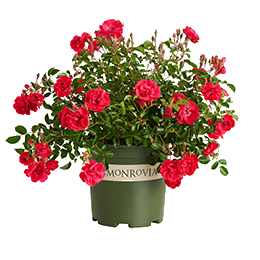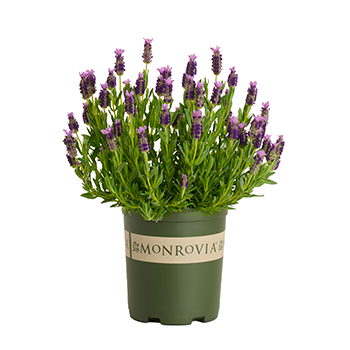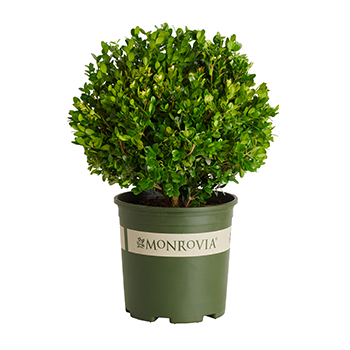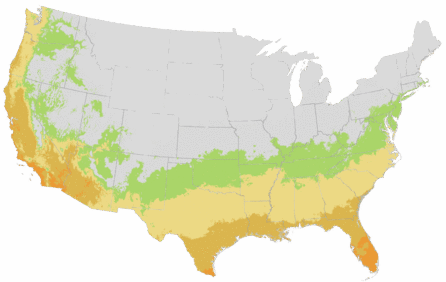You're growing in this Zip Code:
Change LocationDiscover Plants for Your Area
Purple Potion® Agapanthus
Agapanthus inapertus 'HinGrkop' PPAF
Retailers Near You
No Retailers found within 100 miles of your zipcode
Be Inspired: How to Use this Plant
| Bloom Time | Summer |
|---|---|
| Deciduous/Evergreen | Evergreen |
| Special Features | Attracts Hummingbirds, Easy Care, Waterwise |
| Problems/Solutions | Coastal Exposure, Erosion Control |
| Growth Rate | Moderate |
| Growth Habit | Clumping |
| Flower Attributes | Flowers for Cutting, Showy Flowers |
| Patent Act | Asexual reproduction of plants protected by the Plant Patent Act is prohibited during the life of the patent. |
| Landscape Use | Border, Container, Poolside, Edging |
| Design Ideas | A reliable lush foliage plant for massing over large areas with bright green foliage. Uniform growth makes it suited for formal edging along walks, lawns and driveways. Creates a more naturalistic edge when used along flagstones. Cloak bare legs under tropical looking plants such as palms. Rounded form is attractive as a single, in containers, or as irregular groups. |
| Foliage Color | Green |
| Companion Plants | Pittosporum (Pittosporum); Shasta Daisy (Chrysanthemum); Pink (Dianthus); Daylily (Hemerocallis); Society Garlic (Tulbaghia violacea) |
| Care Instructions | Easily grown in average, well-drained soils. Water deeply, regularly in first growing season to establish root system. Once established, reduce frequency; tolerates mild drought. Feed before new growth begins in spring; repeat after flowering. Blooms best when undisturbed, but may be divided when overcrowded. |
| History | Agapanthus is one of the better-known plants hailing from South Africa, first mentioned in literature in the late 1600's. Agapanthus inapertus is found in the forest margins, mountains, and grasslands of southern Africa. The naturally occurring subspecies Agapanthus inapertus subsp. pendulus 'Graskop' was found northeast Transvaal, in the Grasveld, a high-lying plateau (5000 ft. above sea level) that makes up much of the interior of South Africa, and is named after the nearby town of Graskop. Agapanthus inapterus 'HinGrkop' originated from seeds collected by plant explorer Daniel J. Hinkley for Monrovia. The new plant was chosen from a selected group of the seedlings, which were grown at Monrovia Nursery, trialed and evaluated for performance, flower color and form for several years, resulting in this final selection. |
| Bloom Time | Summer |
|---|---|
| Deciduous/Evergreen | Evergreen |
| Special Features | Attracts Hummingbirds, Easy Care, Waterwise |
| Problems/Solutions | Coastal Exposure, Erosion Control |
| Growth Rate | Moderate |
| Growth Habit | Clumping |
| Flower Attributes | Flowers for Cutting, Showy Flowers |
| Patent Act | Asexual reproduction of plants protected by the Plant Patent Act is prohibited during the life of the patent. |
Retailers Near You
No Retailers found within 100 miles of your zipcode
Retailers Near You
No Retailers found within 100 miles of your zipcode
Buy Online
We cannot currently ship this product to your zip code.
About Us
We have been pioneers and craftsmen in the art of growing plants for nearly
100 years. Since our founding in Southern California by Harry E. Rosedale, Sr.
in 1926, we have been absolutely dedicated and obsessed with quality.
We have been pioneers and craftsmen in the art of growing plants for nearly 100 years. Since our founding in Southern California by Harry E. Rosedale, Sr. in 1926, we have been absolutely dedicated and obsessed with quality.





